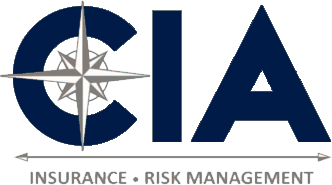On Sept. 24, 2019, the U.S. Department of Labor (DOL) announced a new final rule that updates the salary thresholds that some individuals must meet in order to qualify for a minimum wage and overtime exemption under the federal Fair Labor Standards Act (FLSA). The final rule becomes effective on Jan. 1, 2020.
The final rule affects the exemptions for executive, administrative and professional (EAP) employees, highly compensated employees (HCEs), employees in the motion picture industry and individuals who work in various U.S. territories.
ACTION STEPS
The final rule’s Jan. 1, 2020 effective date leaves little time for employers to prepare for the changes. Employers should:
- Determine which currently exempt employees have salaries below the new threshold; and
- Decide whether to increase salaries for these individuals or reclassify them as non-exempt employees.
The 2019 Overtime Final Rule
As expected, this final rule includes updates to the standard salary level for the EAP and HCE exemptions and allows employers to count up to 10 percent of an employee’s nondiscretionary bonuses and incentive payments (including commissions) as part of the employee’s standard salary level.
The rule also creates special standard salary levels for the exemption that applies to employees in the motion picture production industry and some U.S. territories.
The table below shows the salary levels for the EAP and HCE exemptions that will apply on Jan. 1, 2020. The final rule’s salary levels are different from the 2016 rule and the 2019 proposed rule.
| Current Levels | 2016 Final Rule | 2019 Proposed Rule | 2020 Levels | |
| Standard Salary Level (per week) | $455 | $913 | $679 | $684 |
| HCEs (per year) | $100,000 | $134,004 | $147,414 | $107,432 |
Nondiscretionary Bonuses
The final overtime rule will allow employers to use an employee’s bonuses to satisfy up to 10 percent of the employee’s salary level requirements if:
- The bonus, commission or other incentive pay is nondiscretionary; and
- The employee receives this incentive pay at least annually (during any given year or 52-week period).
The final rule also contains a “catch-up” provision that enables employees to remain exempt when their nondiscretionary bonuses aren’t enough to meet the salary level required by an FLSA exemption. Under this new rule, employers must make a “catch-up payment” within one pay period at the end of the 52-week period before losing that employee’s exempt status. The DOL has warned that any catch-up payment “will count only toward the prior year’s salary amount and not toward the salary amount in the year in which it is paid.”
Additional Updates
The final rule sets a special salary level of $380 per week for American Samoa, and sets a special salary level of $455 per week for employees in Puerto Rico, the U.S. Virgin Islands, Guam, and the Northern Mariana Islands.
The rule also establishes a base rate threshold for employees in the motion picture producing industry of $1,043 per week. This new threshold can be prorated based on the number of days the employee has worked.
The DOL intends to update the standard salary and HCEs total annual compensation levels more regularly in the future through notice-and-comment rulemaking.
Post written by Janelle Morck, Vice President | Employee Benefits Risk Management (ERM)
Comments are closed.




